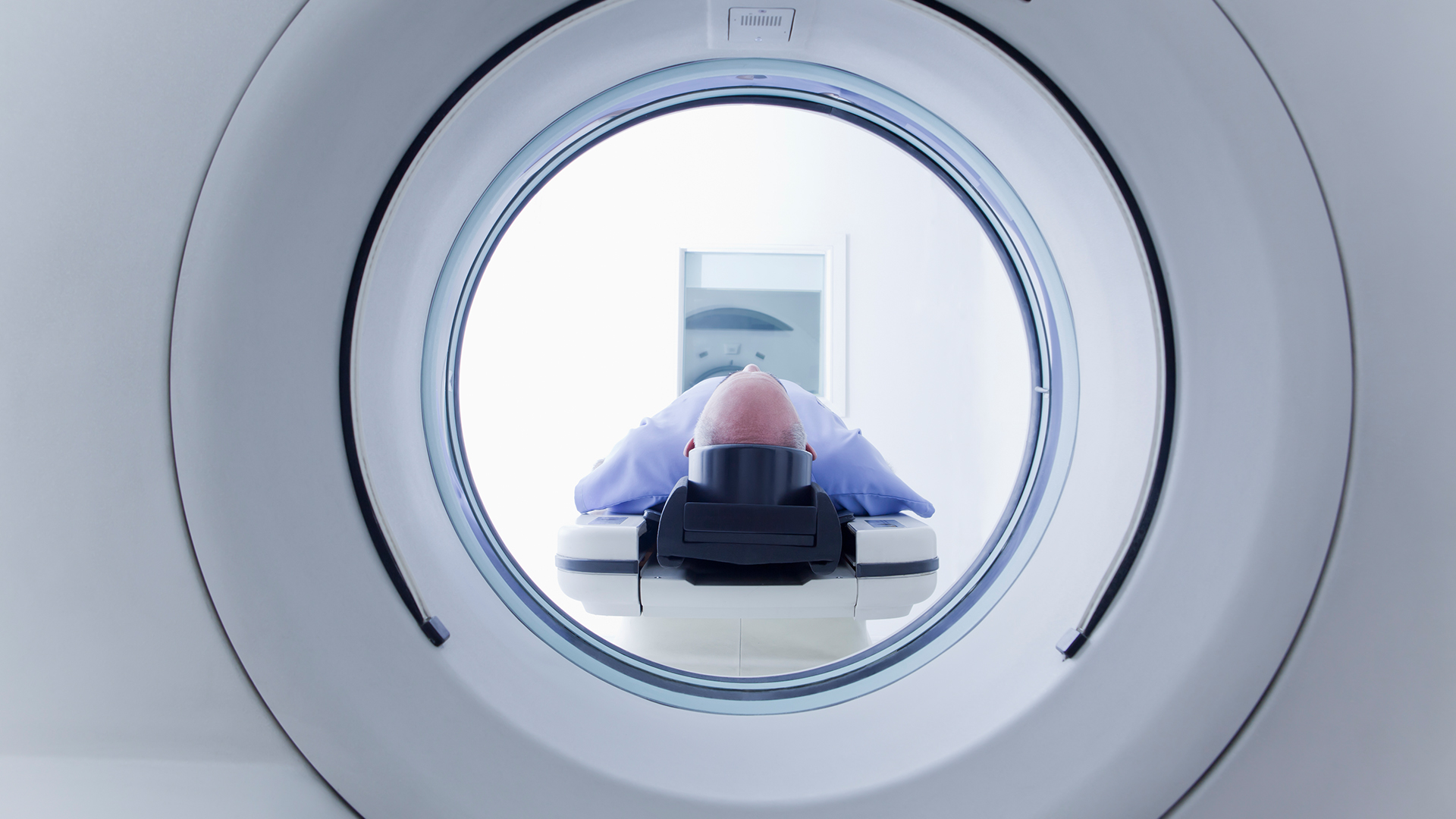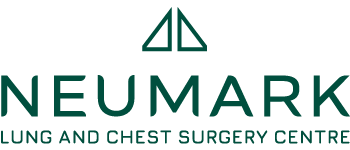Modern Advancements, Minimally Invasive Sympathectomy for Hyperhidrosis
For more than a century, thoracic sympathectomy has been utilised as a surgical procedure; however, the indications have changed drastically. The technique for performing the operation has also evolved in recent years, with minimally-invasive procedures now commonplace. Presently, ETS is often carried out using thoracoscopy with positive, permanent results in most patient cases.
Hyperhidrosis is an unusual condition that manifests from moderate to severe perspiration of the hands to extreme palm sweating. Treatment of sweaty hands in the past was done through a large incision in the spine and carried with it a risk of not being a successful procedure. With the advent of new, innovative technologies, thoracic surgeons can surgically treat the socially debilitating disorder effectively with a minimally-invasive endoscopic technique.
Within the past century, surgical techniques have evolved alongside a greater understanding of the autonomic nervous system physiology. As such, indications for ETS have experienced significant gains when it comes to the treatment of primary palmar hyperhidrosis.
“Video-assisted endoscopic thoracic sympathectomy is an incredibly safe, cost-effective and minimally invasive way to disrupt the sympathetic nerve to relieve patients with sweaty palms,” explains Dr Harish Mithiran, managing thoracic surgeon of Neumark Lung & Chest Surgery Centre and senior consultant thoracic surgeon at Gleneagles Hospital, Singapore. He continues, “Endoscopic thoracic sympathectomy side effects are minimal compared with the benefits and quality of life improvements we see in our patients”.
Video-assisted operations for sweaty hands provide a permanent treatment for excessive sweating in the hands. At Neumark Lung & Chest Surgical Centre, our surgeons perform the minimally-invasive procedure through video-assisted surgery (VATS) and thoracoscopic sympathectomy for palmar hyperhidrosis. A video scope is placed between the ribs, and the affected nerve is cauterised.
The Science of Evolution behind Cauterising the Sympathetic Nerve Chain
You may assume that lung diseases and chest conditions, from chronic obstructive pulmonary disease to collapsed lungs and even the unfortunate diagnosis of cancer, are the only scope within a thoracic surgeon’s purview. But a simple but prevalent chronic condition that affects 3 percent of the general population (and a higher incidence at 6% in Asians) can be effectively treated by a thoracic surgeon.
Our ability to thermoregulate through sweating underlies an important role in shaping modern human survival. As a result of the body’s response to evolution, the gene expression of the Engrailed 1 (EN1) transcription factor in the skin is most likely upregulated to help us adapt to stressors and as an evolutionary protection mechanism.
Recent findings indicate that EN1 plays pivotal widespread roles in the embryonic development of cells throughout the body in our brains, skeletal muscle, and limbs, and in the formation of eccrine sweat glands that regulate the mechanism by which humans dissipate body heat by inducing sweat to evaporate off our skin.
Natural selection plays a formative role in defining the unique characteristics that make us human; yet, the genetic basis for many of these traits remains largely unknown. This is also true for patients with sweaty hands. The precise physiological cause of primary hyperhidrosis remains unknown, as the disorder does not appear to be directly related to abnormal eccrine sweat glands in some patients, which function normally in people affected by the condition.
In primary hyperhidrosis, the excessive sweat is often localised to the hands, armpits or feet beginning in early adolescence and into adulthood. In secondary hyperhidrosis, the sweating is not the underlying dysfunction itself. It manifests during adulthood likely as a result of metabolic disorders, such as obesity, hyperthyroidism, hematologic malignancies, neurological diseases, or medication-induced to treat disorders, such as anxiety disorders.
Several clinical treatments are available for primary hyperhidrosis. Oral medications, antiperspirants or topical applications and even BOTOX® are non-surgical, palliative treatments. However, they are not permanent solutions, as the symptoms will relapse once the therapeutic approach is stopped. Eventually, the majority of patients require surgical intervention through permanent endoscopic thoracic sympathectomy for palmar hyperhidrosis, the definitive treatment modality for excessive sweating of the palms.
Video-Assisted Endoscopic Thoracic Sympathectomy (ETS)
Surgery as a treatment for hyperhidrosis has been performed for more than seven decades. Initially, the procedure was highly invasive as surgeons incised the chest to spread the ribs apart, with only one side of the body being treated at any one time. Hospital recovery time was long and often painful.
Fortunately, this is no longer the case. Surgical interventions are now minimally invasive procedures that can be carried out on an outpatient basis. There are numerous options available when it comes to surgery for hyperhidrosis, such as severing the nerve, clipping it or completely resecting it from the body.

ETS can be effective for both patients in their adolescence or adulthood, provided the patient’s space between the ribs and the thoracic cavity is large enough. CT scans and X-rays can help determine treatment adequacy. ETS surgery disrupts the transmission of nerve signals between the spinal column to inhibit the signals from activating the sweat glands.
Since VATS is minimally invasive, recovery is very rapid. Most patients are able to return to work on the same day as their appointment, and normal exercise can be resumed within one week. Patients may, however, feel some pain in their underarms for a few days following surgery.
If sweaty palms surgery is elected, our surgeons will make a small (less than 3 millimetres) incision to cut the nerve using video-assisted thoracic sympathectomy to remove the overactive part of the nerve. One or both procedures may be performed during the same surgical procedure, which typically takes 1 to 3 hours to complete.
Benefits of Sympathectomy for Palmar Hyperhidrosis
The benefits of a sympathectomy approach include less postoperative pain, shorter recovery time, and virtually no complications in the majority of patient cases, with sympathectomy’s long-term side effects being negligible and success rates high when it comes to providing lasting relief from excessive sweating.
Results are almost immediate, and patients report a very high satisfaction rate following the procedure as the surgical technique essentially ends your battle with feeling self-conscious as a result of your sweaty hands.
The cost for endoscopic thoracic sympathectomy may be covered by your insurance. For questions or to schedule a consultation with Dr Harish Mithran, senior consultant thoracic surgeon at Gleneagles Hospital, Singapore, WhatsApp us at +65 9726 2485 or book an appointment online.

